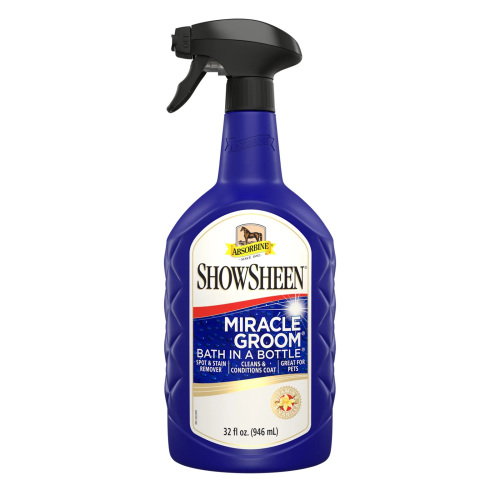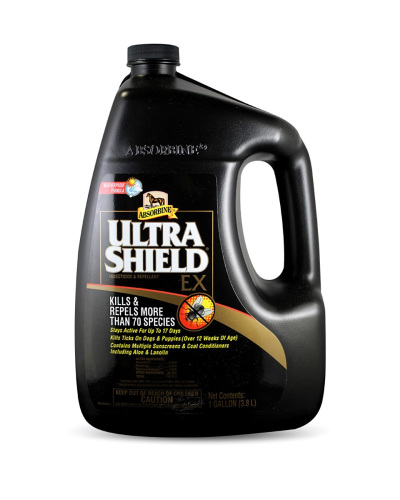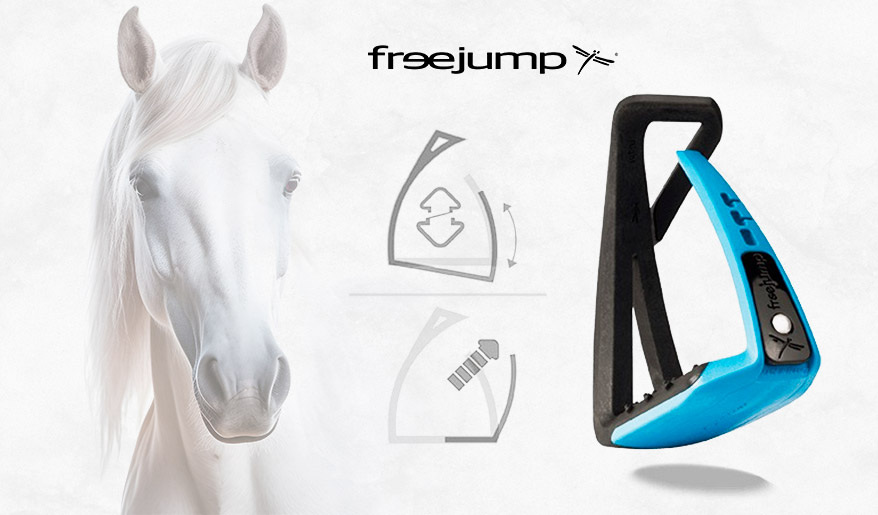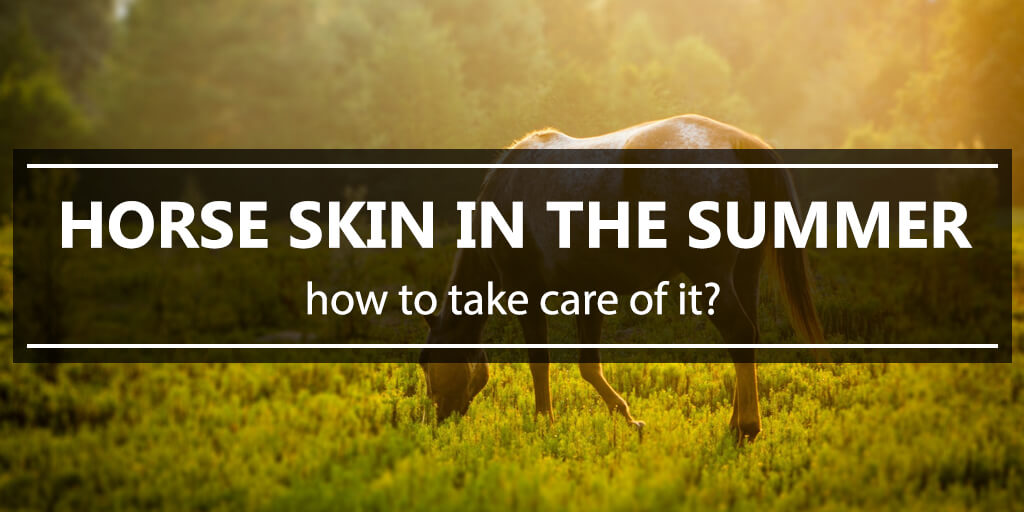
Polish climate doesn't spare our horses - cold winters and hot summers await, forcing them to become resistant to big temperature differences. The toughest season of year is summer, when the sunlight, heat and insects are the most disturbing.
Sun
The most vulnerable to its exposure are the horses with lack of pigment in their skin, especially on the head (nearby ears, muzzle) and limbs. Excessive exposure to the sunlight might cause reddening, swelling, touch sensitivity, blisters, erosions, and weeping. In order to avoid these problems, it is worth to apply sunscreen with high UV protection on horses with white skin.
What is more, we have to realise that some of plants might increase susceptibility to the harmful effects of sun exposure (the so called photosensitising plants). Attention should be payed whether any of the below mentioned plants grows on the pasture, on which our horse grazes:

Jacobaea vulgaris (Senecio jacobea)
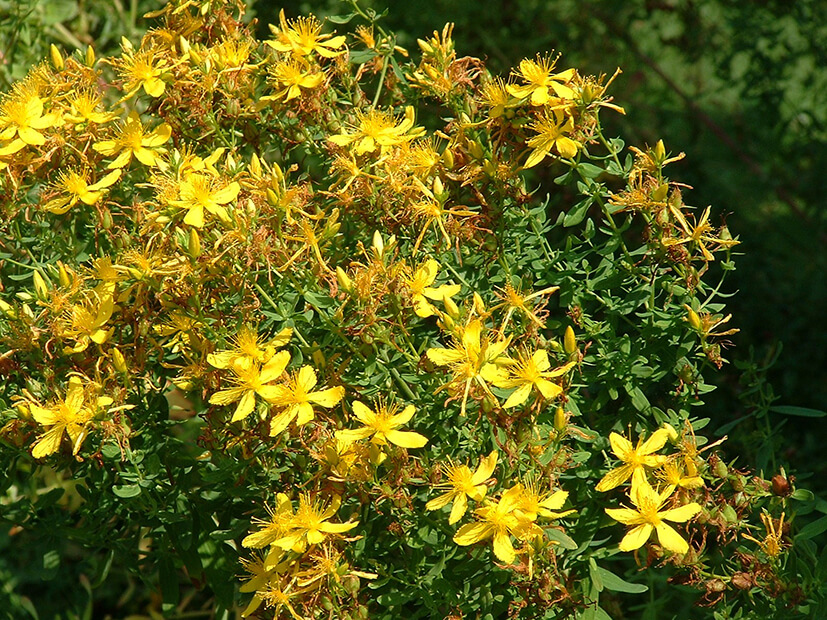
St. John's Wort (Hypericum perforatum)
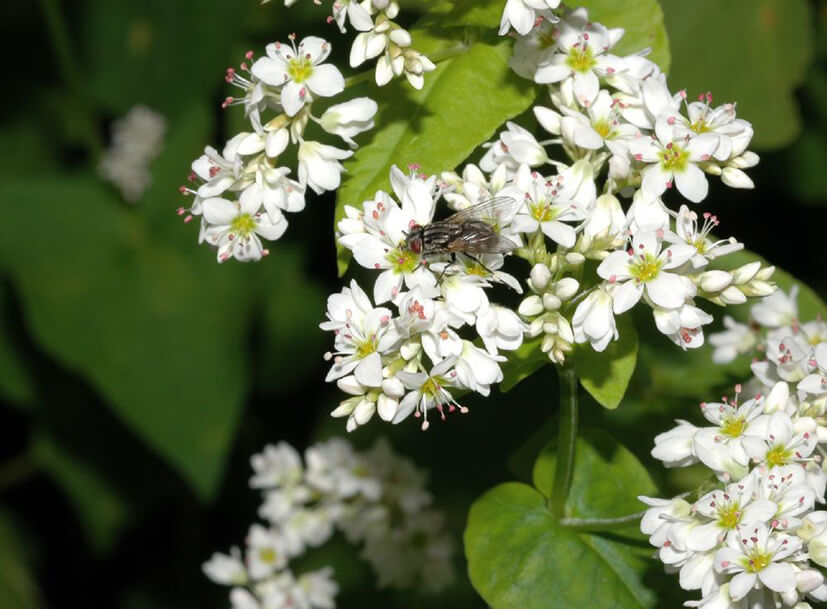
buckwheat (Fagopyrum esculentum)
They consist of chemical substances which digested by a horse might contribute to sunburns. Similar effect can be observed during treatment with particular antibiotics (from tetracycline group).
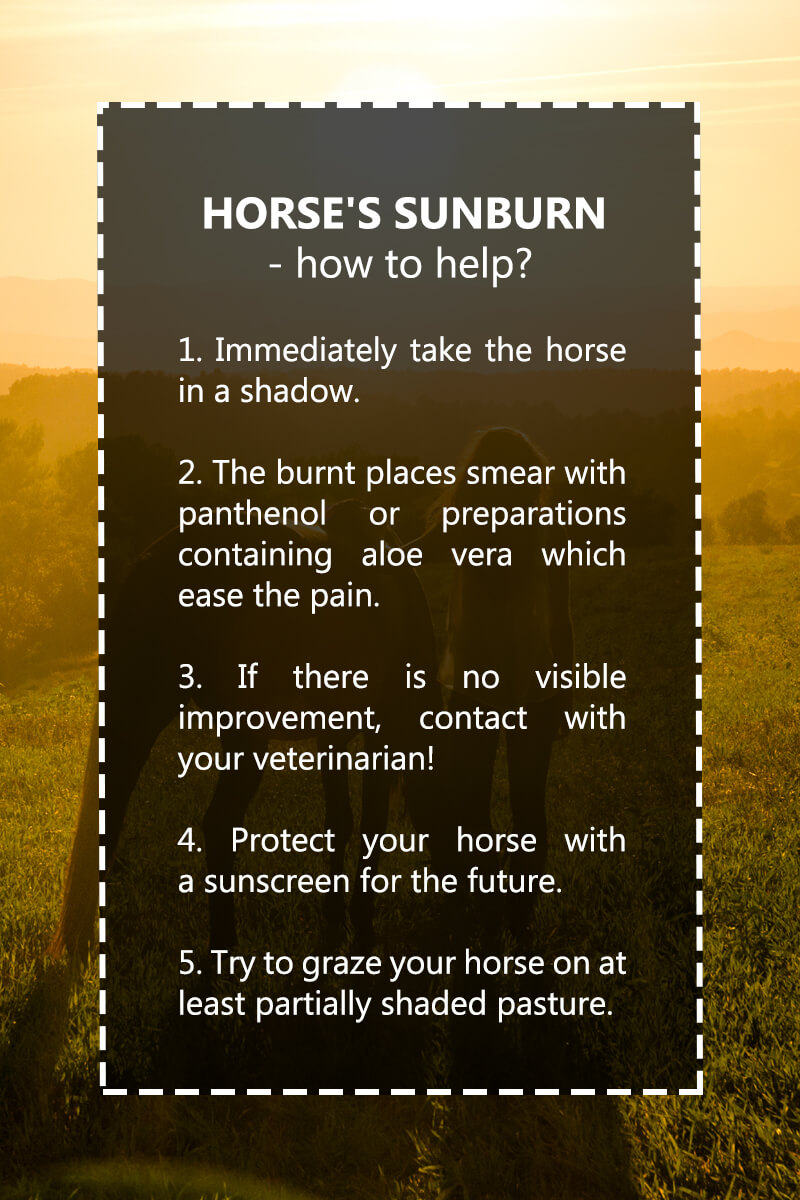
Insects
Insects are dangerous to our steeds not only because they carry various infectious diseases, but also because simply their stings may cause skin problems. Many horses develop hypersensitivity to the horseflies and flies' bites. The skin after a sting usually turns into an itching, derived from hair place - the most vulnerable is the back, skin on the abdomen, and areas nearby the crest and tail. The horse by scratching additionally harms its skin what gives the bacteria an easy access.

Allergic changes on the neck, caused by bites of the Culicoides type of diptera.
The most common cause of allergies and changes are diptera of the Culicoides type. This allergy gives the clinical manifestation in the form of so called "summer itch" (otherwise called summer eczema, photodermatitis, or summer pimple). The skin lesions appear as blisters, lumps, weeping spots, and alopecia, while each skin segment has another illness image. Heavy itching accompanies those symptoms. Horses, while chafing at various things, cause excoriation, cuts, and ectypal skin infections. At the more sensitive horses apart from the skin lesions, some general symptoms might appear, including shock.
Equally frequent and giving very diverse, and therefore hard to interpret, symptoms (for example alopecia, slight wounds on the neck, chest etc.) are allergies to bites of the Simuliidae type of flies, the bloodsucking flies (Haematobia irritans), or mosquitos (Culicidae sp.).
How can we protect our four-hooved from the insects?
Within our horse's protection on pasture, very common is the usage of specifics against insects in the form of spray or gel, but also mosquito net which can be put on the horse's head and special rugs. Additionally it is good to avoid grazing our horse in places where insects are living - over stagnant water, nearby bushes and scrubs, and when insects are the most active and insistent - at dusk and dawn.
Apart from the obvious matter of cleanliness in the box (the more often we change the litter, the less flies will be there), the insecticidal lamps are very helpful, as well as the usual fly paper. We don't recommend fumigants in which you can cover your stable's walls, as they might cause allergies and poisoning at animals.
However, if the symptoms of allergy have already appeared, you can help your horse by using the appropriate preparations - soothing the effects of insect bites. If you don't own those designed for horses, you can use specifics designed for people, to bring your horse any relief. Of course, let's not forget that preparations for horses are much stronger than those for people, so it is worth to spend some more money to provide your horse with much better comfort.
You should observe those changes and under no circumstances allow for ectypal infection! If they start to trouble our horse (for example itching), weep or increase their surface, you should contact the veterinarian.
The most effective in fighting these kinds of allergies is autoimmunotherapy - curing the cause, not effects of the changes. Basing on the blood test results, the vet determines which type of allergen sensitise our horse, and then prepare an autovaccine (the same way as at allergy to pollen). The sooner we notice an allergy, the bigger are the chances for the therapy to be successful. It is particularly worth taking this option into consideration if we are dealing with summer itch, which is particularly burdensome and its symptoms escalates each year.
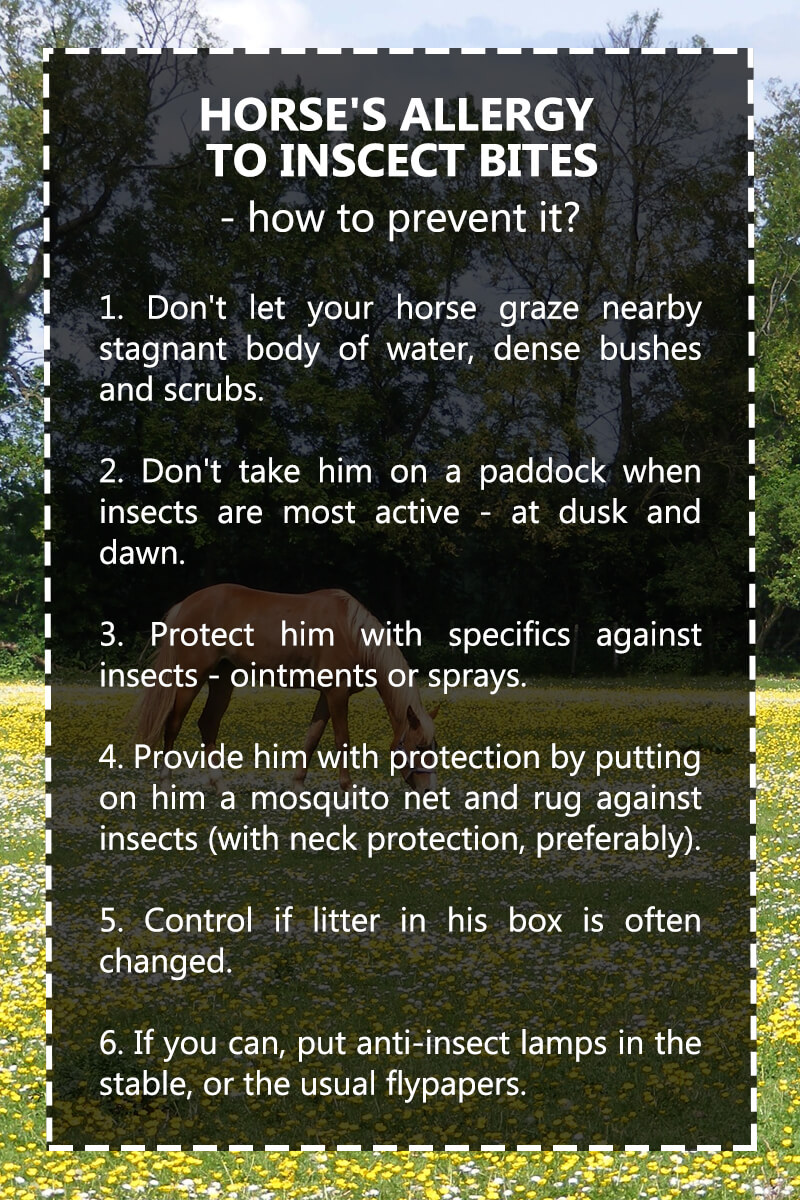
Rain scald
Meaning, the so called "burn from rain" which is an infection of the follicles by Dermatophilus congolensis - an organism from the border of bacteria and fungi which like humid, hot, or rainy weather conditions. Follicles and hair bulbs are being destroyed, hair falls out easily in a form of tuft and reveals the skin. The changes might also be covered with exudate and consist pus. The most vulnerable places are back, croup, fetlocks, and pasterns.
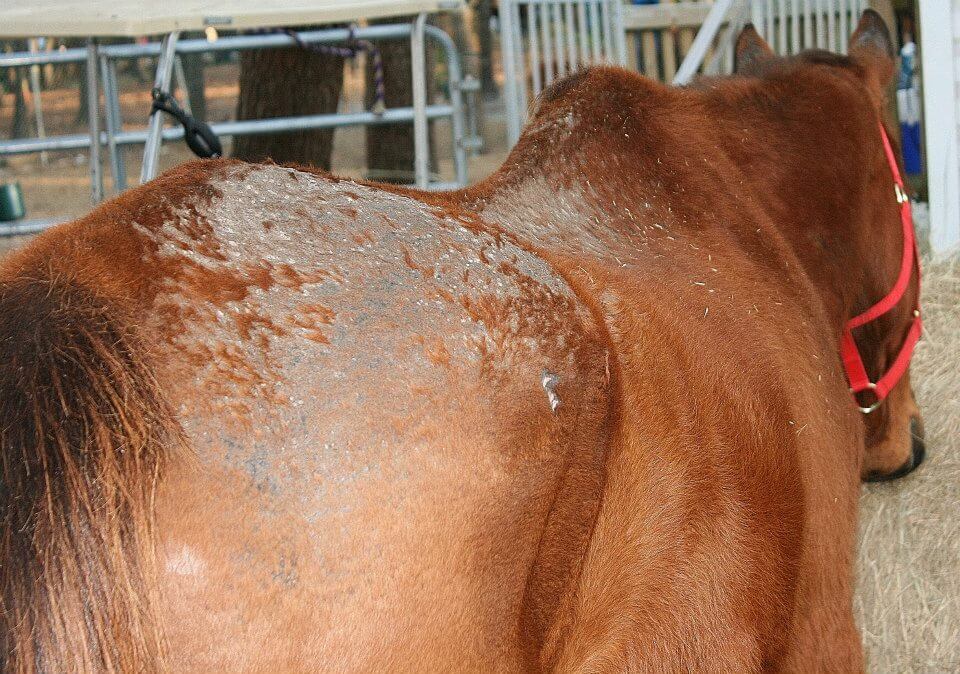
"Rain scald" on the horse's back and croup.
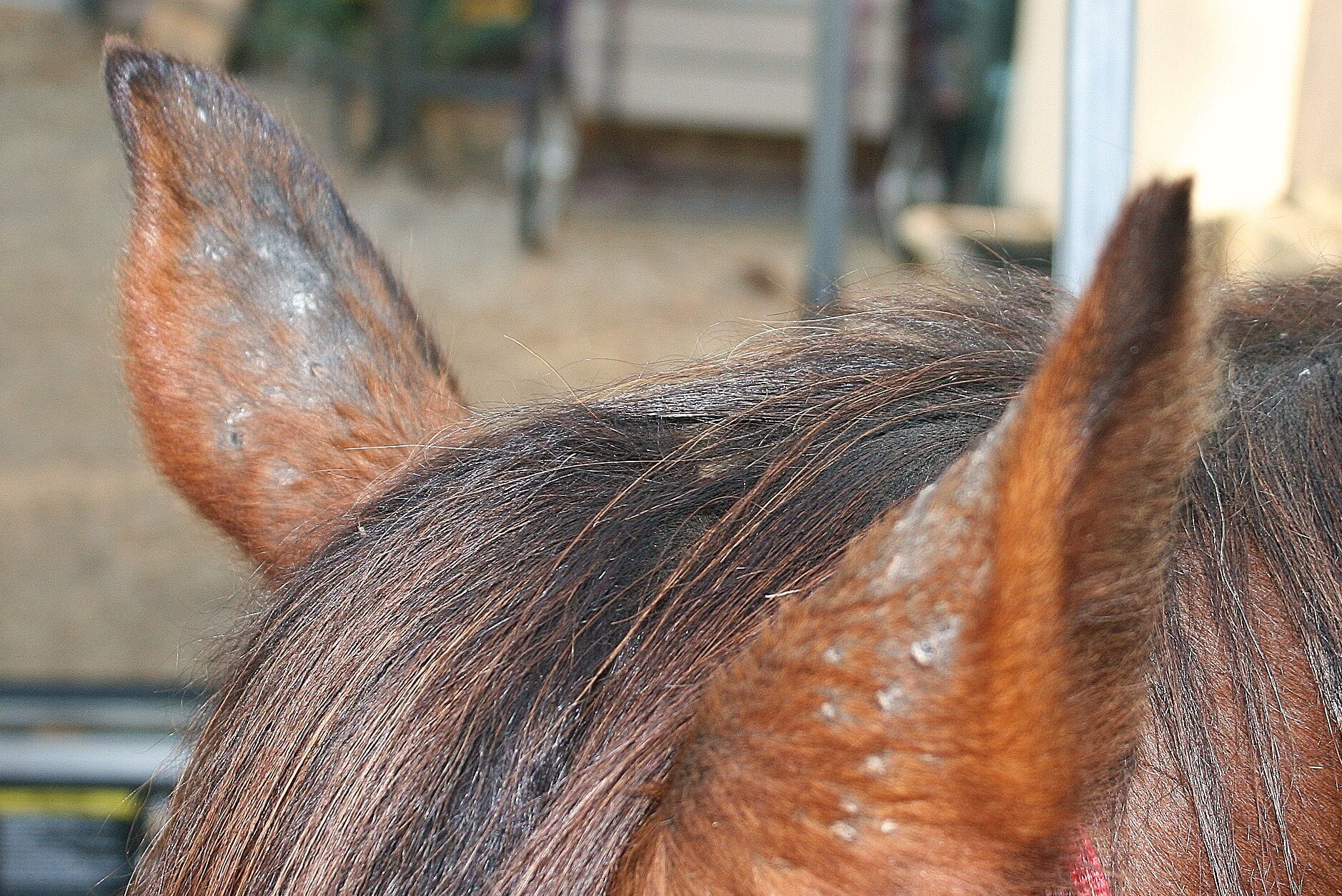
"Rain scald" developing on the horse's ears.
If our horse fell victim of this bacterium, you should take care and make sure that this disease doesn't spread on other horses - by isolating it from other horses, and making sure that nobody uses its equipment or brushes. To cure this type of infection usually the right shampoo of antifungal and antibacterial properties will be enough, and your veterinarian will help you choose one.
Summer is a tough period in every horse's life. So let's make sure that it will smoothly go through it. Don't ignore the appearing lesions on our horse, but also don't panic and wrap it totally in cotton wool. Let's try to not expose it to excessive sunlight, especially on hot days, and always provide it with shadow and constant access to fresh water. Be also a bit more controlling about its box and change the litter more often. That all and additionally the proper care would make the summer a period of nicely spent time both for you and your steed, instead of being a torture.




 Jacobaea vulgaris (Senecio jacobea)
Jacobaea vulgaris (Senecio jacobea) St. John's Wort (Hypericum perforatum)
St. John's Wort (Hypericum perforatum) buckwheat (Fagopyrum esculentum)
buckwheat (Fagopyrum esculentum)
 Allergic changes on the neck, caused by bites of the Culicoides type of diptera.
Allergic changes on the neck, caused by bites of the Culicoides type of diptera.
 "Rain scald" on the horse's back and croup.
"Rain scald" on the horse's back and croup. "Rain scald" developing on the horse's ears.
"Rain scald" developing on the horse's ears.